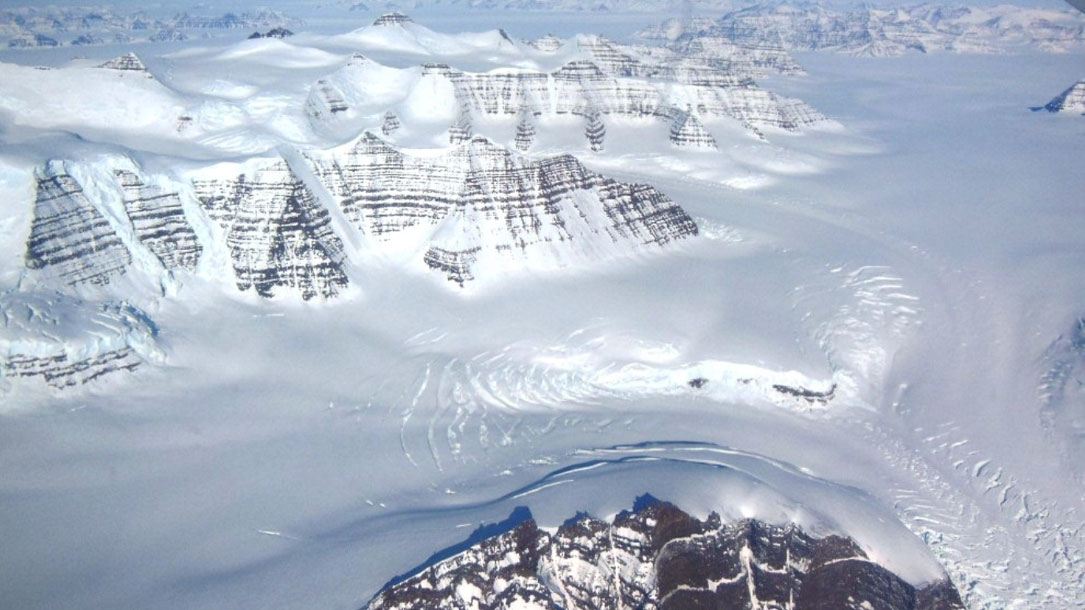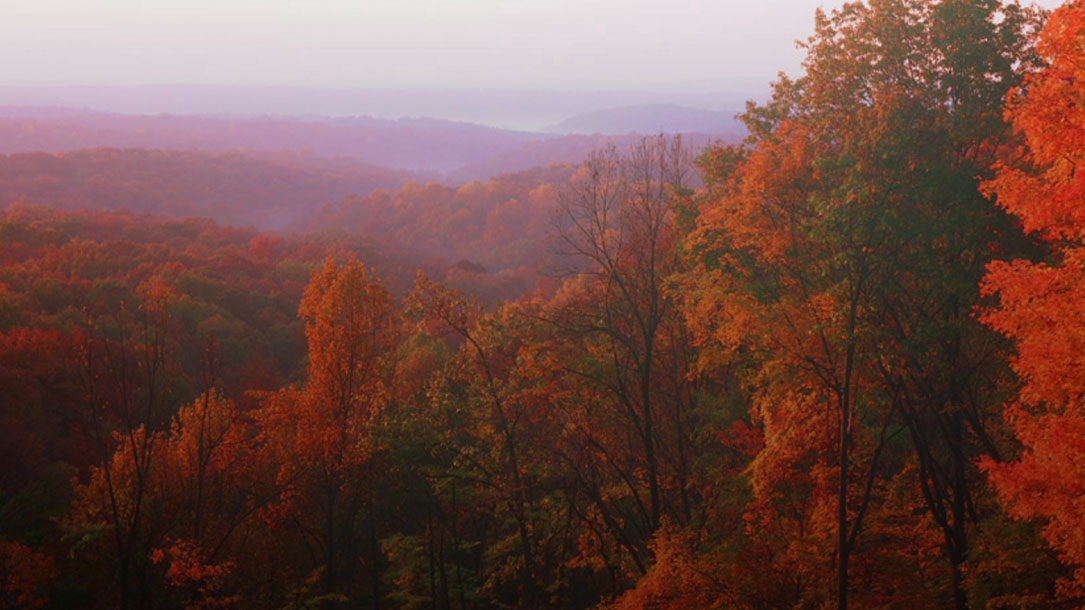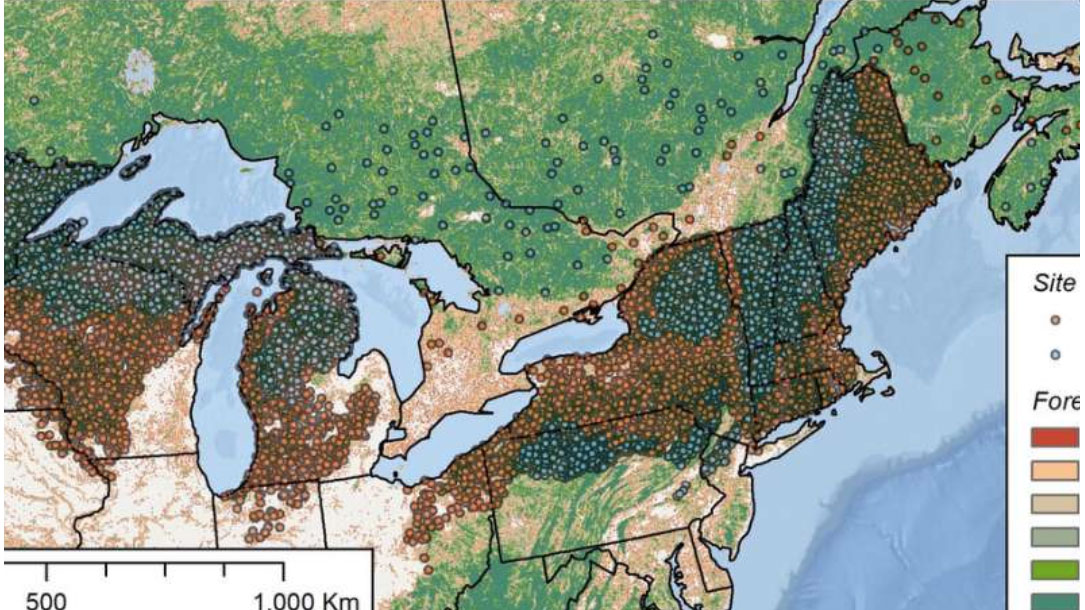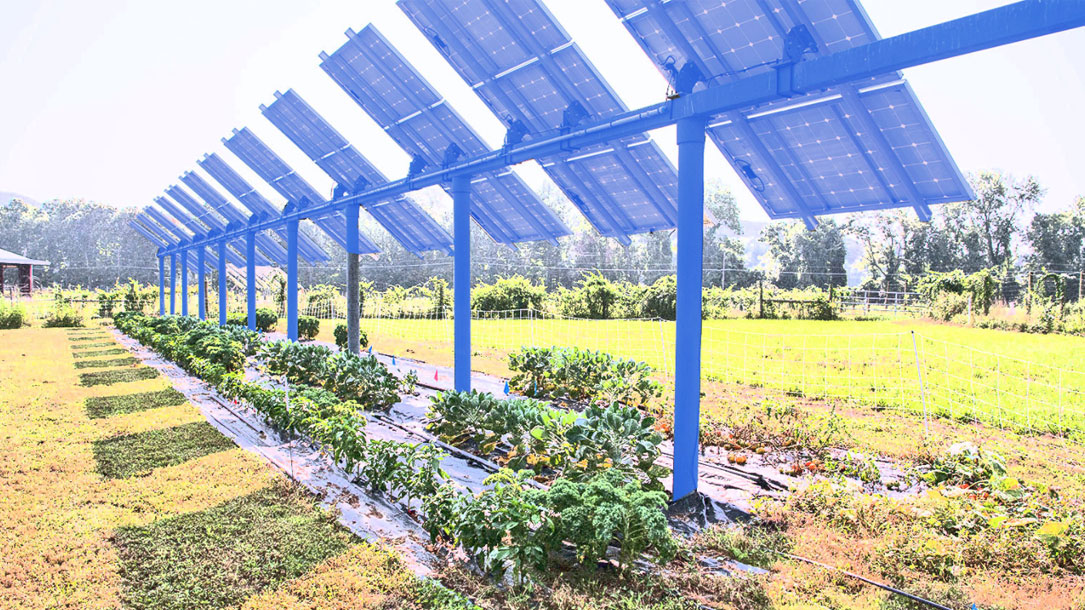Home > Climate News >

Wind energy & wildlife: Site it right
Site Wind Right is The Nature Conservancy’s approach to promoting smart, renewable wind energy in the right places—areas that are low impact for conservation, including already developed lands. The strategy has several components:
- Promoting policies and incentives for low-impact renewable energy deployment
- Advancing the science of low-impact siting
- Providing the wind industry and public with information to support low-impact siting
- Pursuing opportunities to work with the renewable energy sector to advance good siting practices

In rare bipartisan bill, U.S. senators tackle climate change via agriculture
U.S. senators on Thursday introduced a bipartisan bill that would direct the Agriculture Department to help farmers, ranchers, and landowners use carbon dioxide-absorbing practices to generate carbon credits, a rare collaboration on climate change.
The proposed Growing Climate Solutions Act directs the USDA to create a program that would help the agriculture sector gain access to revenue from greenhouse gas offset credit markets…

Swift action on climate change could help protect national parks
“The rapid warming can destroy important habitat for plants and animals, but reducing carbon pollution can help. Gonzalez’s research shows that swift action could reduce the expected heat increase in national parks by up to two-thirds.
‘The U.S. national parks protect some of the most irreplaceable natural areas and cultural sites in the world,’ he says. ‘Cutting carbon pollution would reduce human-caused climate change and help save our national parks for future generations.'”

Coastal access, climate change key as Maine Coast Heritage Trust turns 50
Land conservation efforts by the organization have increasingly taken community strength and health into account, as much as the environment, and conservation’s overall impact on the state’s economic foundation. As the climate changes, that focus is more important than ever, he [Tim Glidden, president of Maine Coast Heritage Trust] said…

Fire and ice: Why volcanic activity is not melting the polar ice sheets
There are many places on Earth where fire meets ice. Volcanoes located in high-latitude regions are frequently snow- and ice-covered. In recent years, some have speculated that volcanic activity could be playing a role in the present-day loss of ice mass from Earth’s polar ice sheets in Greenland and Antarctica. But does the science support that idea?

Quantifying carbon stocks on conserved land
Carbon project development in Vermont is compatible with, and in fact would be aided by, participation in other forest stewardship programs. These include forest certification, cost-share by EQIP and the Forest Legacy Program, and Vermont’s Use Value Appraisal (UVA) Program (also known as Current Use).
All three major certification Vermont Forest Carbon: a market opportunity for forestland owners 4 systems in the U.S. (Forest Stewardship Council [FSC], Sustainable Forestry Initiative, and American Tree Farm System) can be employed to meet various requirements under CARB and the voluntary markets, such as the need to have a comprehensive forest management plan…

Sequestering carbon and enhancing our local landscapes
Last year, almost 50 businesses and individuals offset their carbon footprints with ECC [Evergreen Carbon Capture] by planting 4,038 conifer trees, which will absorb 20,190 tons of CO2 over the next 100 years. Though only a drop in the bucket compared to what our native forests were once capable of, every tree planted and cared for provides a myriad of benefits like wildlife habitat, and improved water and air quality, which bring our landscapes one step closer to the ecological function of their pasts.
ECC offers the unique opportunity for partners to join our tree planting efforts at volunteer work parties. This year our field partners from Adopt-a-Stream Foundation, Dirt Corps, Forterra, Friends of the Burke Gilman Trail, Green Kirkland Partnership, Green Redmond Partnership, Green River Coalition, Green Seattle Partnership, and Stewardship Partners led 11 events for 367 volunteers to plant trees throughout the Puget Sound region, from Auburn to Marysville….

A natural path for U.S. climate action
When it comes to the impact and potential of land management on global warming, everything really is bigger in Texas. Unless you’re talking about agricultural lands—then everything is bigger in Iowa. Or if you’re talking about the impact of urban trees, that’s biggest in Florida—though it’s also pretty big in Texas.
Across the United States, in fact, land management can have a really big effect on the climate. A new study examines the country’s potential to implement natural solutions—such as growing taller trees, improving soil health, protecting grasslands and restoring coastal wetlands—to increase carbon storage and reduce greenhouse gas pollution. Essentially, turbo-charging nature to address global warming, while also providing natural benefits for people, water and wildlife…

Older forests resist change—climate change, that is
Older forests in eastern North America are less vulnerable to climate change than younger forests—particularly for carbon storage, timber production, and biodiversity—[new] University of Vermont research finds…
“This study shows that older forests in the Upper Midwest to New England are uniquely resilient to climate,” says Dominik Thom, lead author and postdoctoral researcher in UVM’s Rubenstein School of Environment and Natural Resources and Gund Institute for Environment. “Our finding that essential services are better protected against climate change by older forests is a milestone in the debate on how to prepare our forests for the uncertain environmental conditions ahead.”

Cash-strapped farms are growing a new crop: solar panels
Construction is slated to begin this spring on a 1.2-megawatt solar array on the Kominek farm (in Colorado). Some 3,300 solar panels will rest on 6-foot and 8-foot-high stilts, providing shade for crops like tomatoes, peppers, kale, and beans on a five-acre plot. Pasture grasses and beehive boxes are planned for the perimeter…
The vegetables will be sold through a community farm-share program, which allows neighbors to invest in the project in exchange for boxes of produce.
Byron Kominek said he hopes similar projects will soon follow. In 2018, Boulder County officials updated the local land-use codes to allow for community solar on land otherwise designated for agriculture, and Kominek plans to help train other farmers how to grow crops alongside solar panels. “The hope is that young farmers will have a better understanding of how to do this, and will go out to already built solar arrays, or planned solar arrays, and find a new profession,” he said.












